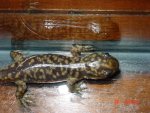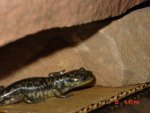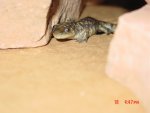bewilderbeast
New member
- Joined
- Apr 8, 2009
- Messages
- 190
- Reaction score
- 10
- Points
- 0
- Location
- Northern California
- Country
- United States
I've formed a group for Dicamptodon enthusiasts... I know there aren't many of us out there, but that is why we need to stick together...
post some pics,
pop questions,
procure answers,
help build a better knowledge bank for these cryptic caudates!
post some pics,
pop questions,
procure answers,
help build a better knowledge bank for these cryptic caudates!



